Pipeline pumps are the heart of any fluid transportation system, responsible for moving liquids and slurries over vast distances, often across varied terrains and significant elevation changes. From crude oil and natural gas to water and refined products, these robust machines ensure the efficient and continuous flow of vital resources. Understanding how they work involves delving into the principles of fluid dynamics, mechanical design, and control systems.
At its core, a pipeline pump imparts energy to the fluid, increasing its pressure and enabling it to overcome resistive forces like friction within the pipe and differences in elevation. This energy conversion is primarily achieved through one of two main operating principles: centrifugal force or positive displacement.
Centrifugal Pumps: The Workhorses of Pipelines
The vast majority of pipeline pumps are centrifugal pumps. These dynamic machines operate on the principle of converting rotational kinetic energy into fluid pressure. Here's a breakdown of their operation:
-
Impeller Rotation: The key component is the impeller, a rotating disc with a series of curved vanes. When the pump is in operation, a motor drives the impeller at high speeds.
-
Fluid Entry and Acceleration: Fluid enters the pump at the center of the impeller, known as the eye. As the impeller spins, the vanes catch the fluid and, due to centrifugal force, hurl it outwards towards the circumference of the impeller. This radial movement significantly increases the fluid's velocity.
-
Pressure Conversion in the Volute/Diffuser: The high-velocity fluid then enters a progressively expanding casing called the volute or a set of stationary guide vanes called a diffuser. As the fluid moves through this expanding area, its velocity decreases, and according to Bernoulli's principle, this reduction in kinetic energy is converted into static pressure energy.
-
Discharge: The now high-pressure fluid exits the pump through the discharge nozzle and into the pipeline.
Key Characteristics of Centrifugal Pipeline Pumps:
-
Flow Rate Variation: Centrifugal pumps are well-suited for high flow rates and can handle variations in flow with relative ease.
-
Pressure Head: They generate pressure head by varying the impeller diameter, speed, and number of impellers (stages).
-
Multi-Stage Configurations: For long-distance pipelines requiring very high pressures, multiple impellers can be arranged in series, creating a multi-stage centrifugal pump. Each stage adds to the total pressure head.
-
Efficiency: Modern centrifugal pumps are designed for high efficiency, minimizing energy consumption.
-
Maintenance: Generally robust and require relatively low maintenance compared to positive displacement pumps for continuous operation.
Positive Displacement Pumps: For Specific Applications
While less common for main pipeline operations due to lower flow rates and pulsation issues, positive displacement pumps are used in specific pipeline applications, particularly where high pressures and precise flow control are critical, or for highly viscous fluids. These pumps operate by trapping a fixed volume of fluid and then forcing that volume into the discharge pipe.
Common types include:
-
Reciprocating Pumps (Piston/Plunger Pumps): These use a piston or plunger that moves back and forth within a cylinder. On the suction stroke, fluid is drawn into the cylinder, and on the discharge stroke, it's forced out. They are known for generating very high pressures.
-
Rotary Pumps (Gear, Screw, Lobe Pumps): These utilize rotating elements (gears, screws, lobes) to create moving cavities that trap and transport fluid from the suction to the discharge side.
Key Characteristics of Positive Displacement Pipeline Pumps:
-
Fixed Flow Rate: For a given speed, they deliver a nearly constant flow rate regardless of discharge pressure.
-
High Pressure Capability: Capable of generating extremely high pressures.
-
Viscous Fluids: Often preferred for highly viscous fluids that centrifugal pumps struggle with.
-
Pulsation: Can introduce pulsations into the pipeline, which may require dampeners.
Critical Supporting Systems and Considerations
Beyond the pump itself, several integrated systems are crucial for efficient and safe pipeline pump operation:
-
Prime Movers: Electric motors are the most common prime movers for pipeline pumps, especially in fixed installations. Gas turbines or diesel engines are used in remote locations or for emergency power.
-
Sealing Systems: Mechanical seals or packing are vital to prevent fluid leakage along the pump shaft where it enters the casing.
-
Bearing Systems: Robust bearings support the rotating shaft and impeller, handling significant radial and axial loads.
-
Control Systems: Sophisticated SCADA (Supervisory Control and Data Acquisition) systems monitor and control pump speed, pressure, flow rate, and other critical parameters remotely. Variable frequency drives (VFDs) are often used to precisely control motor speed and thus pump output.
-
Safety Devices: Pressure relief valves, vibration monitors, temperature sensors, and emergency shutdown systems are integral for preventing damage and ensuring operational safety.
-
Pumping Stations: On long pipelines, multiple pumping stations are strategically located along the route to boost the pressure and compensate for frictional losses, maintaining continuous flow.
Conclusion
Pipeline pumps are engineering marvels that form the backbone of global energy and water infrastructure. Whether it's the dynamic action of a centrifugal pump or the positive displacement of a piston pump, their fundamental role remains the same: to efficiently and reliably move fluids from one point to another. The continuous advancements in pump technology, materials science, and control systems ensure that these vital components continue to meet the ever-increasing demands for safe and efficient fluid transportation worldwide.
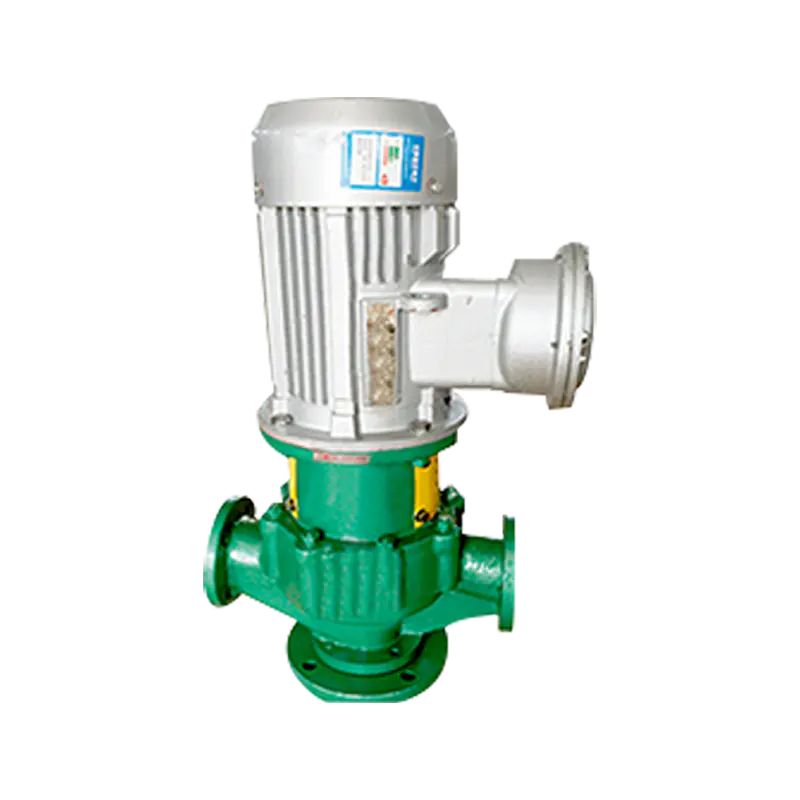

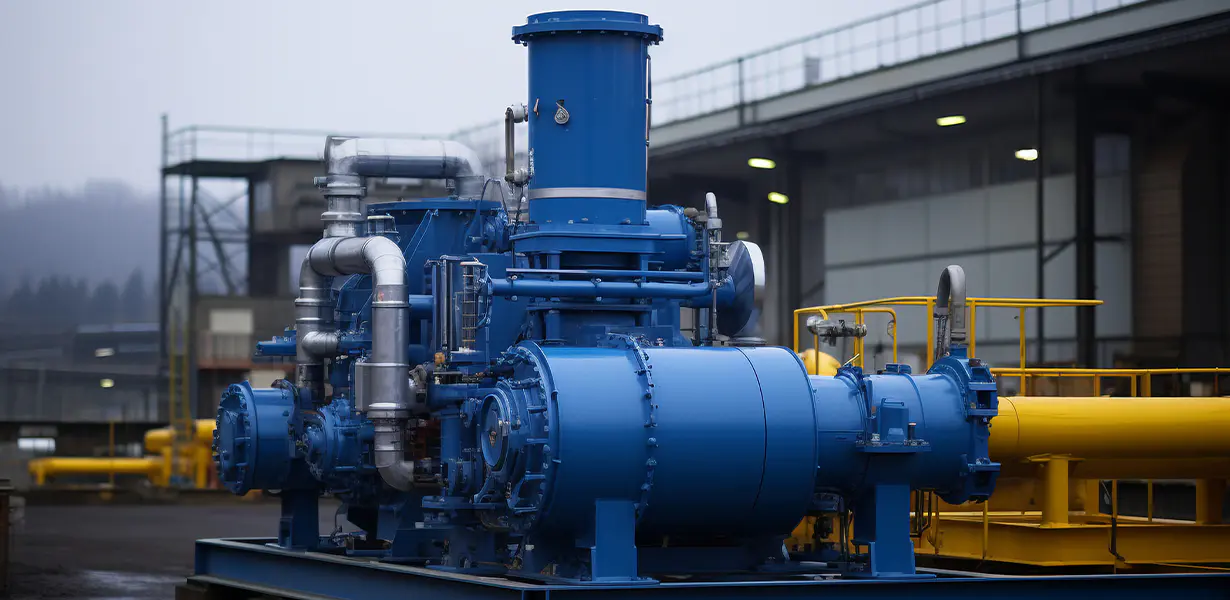
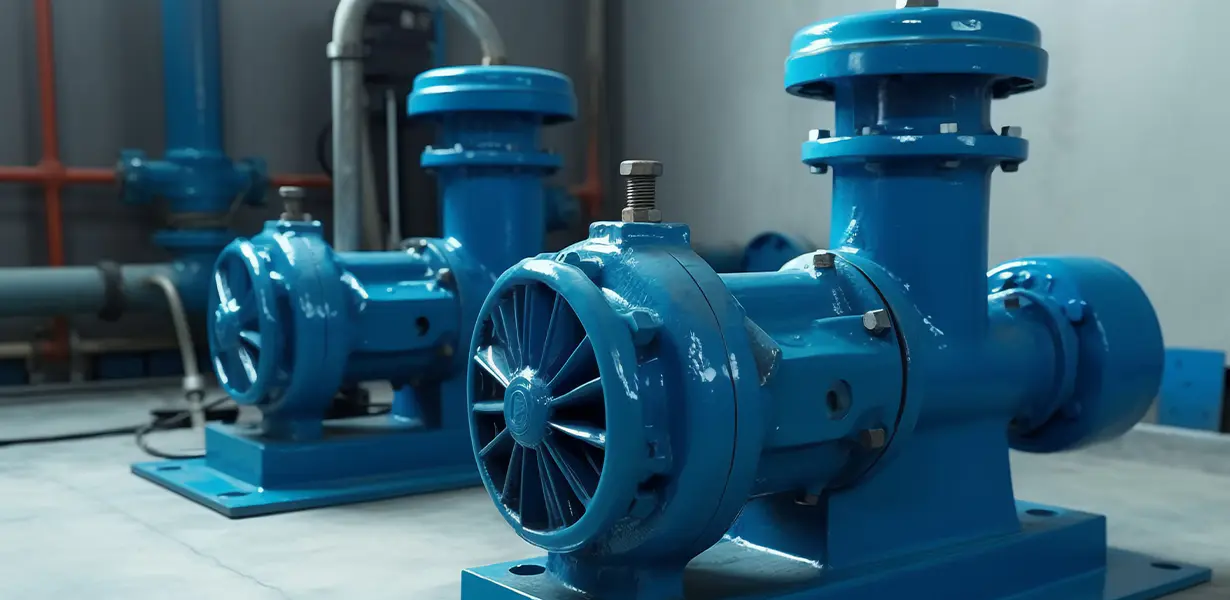
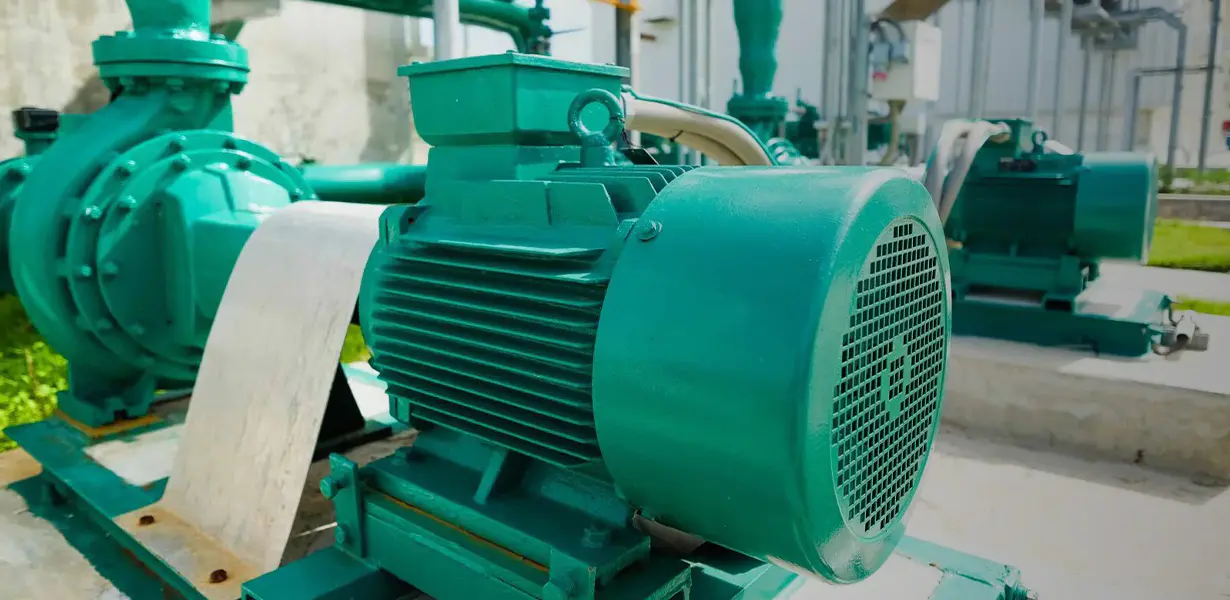
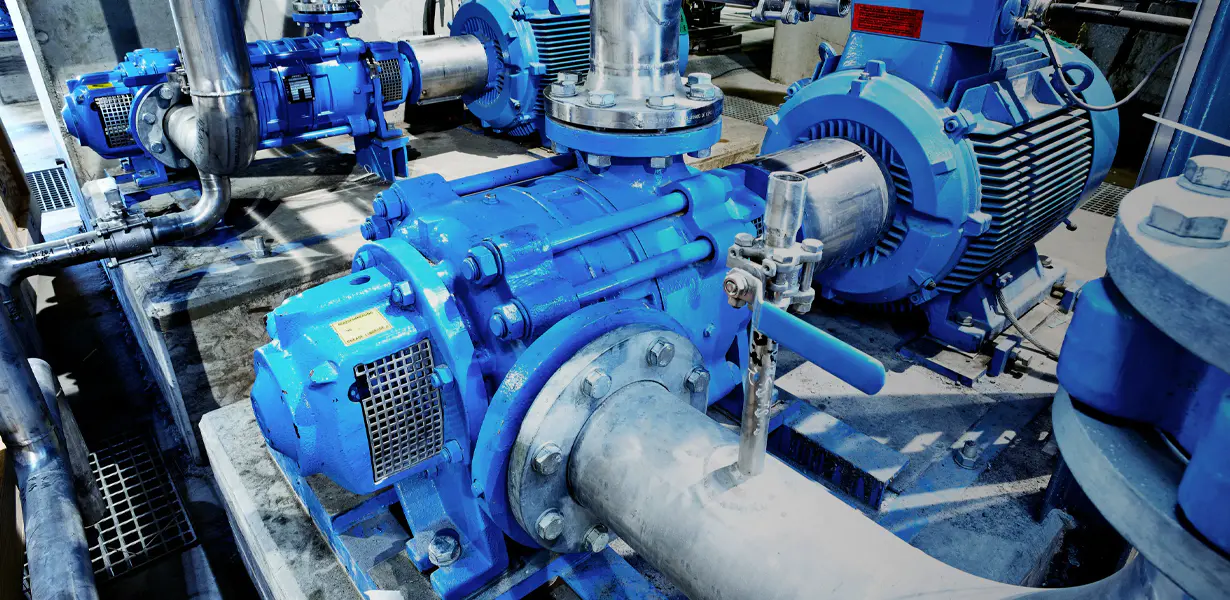
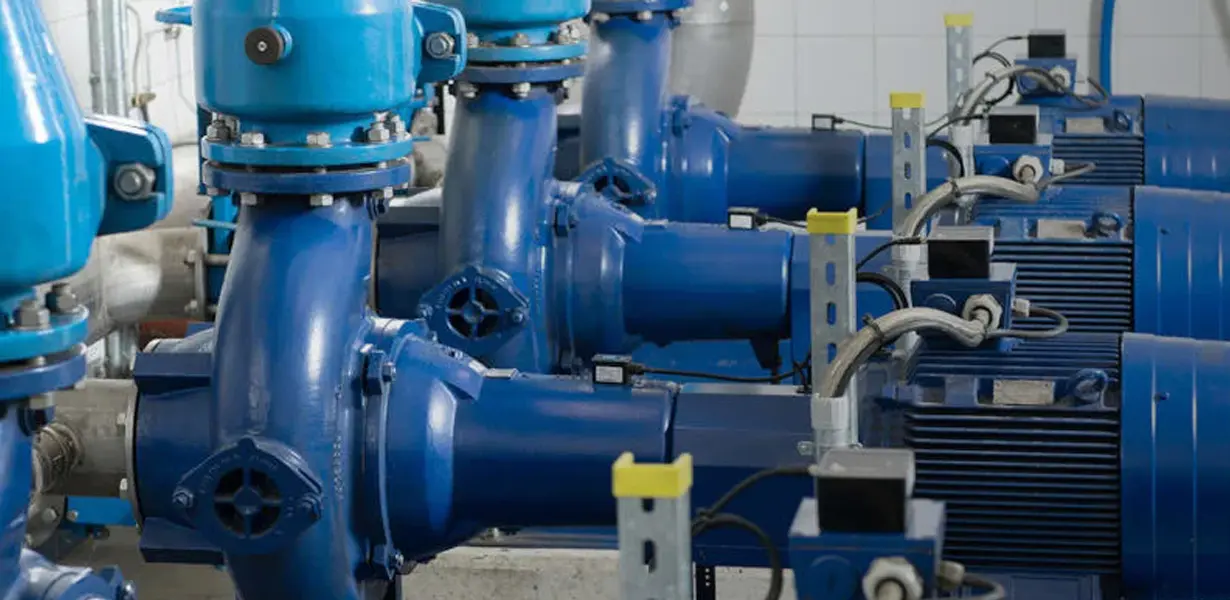


 English
English русский
русский Español
Español Français
Français












